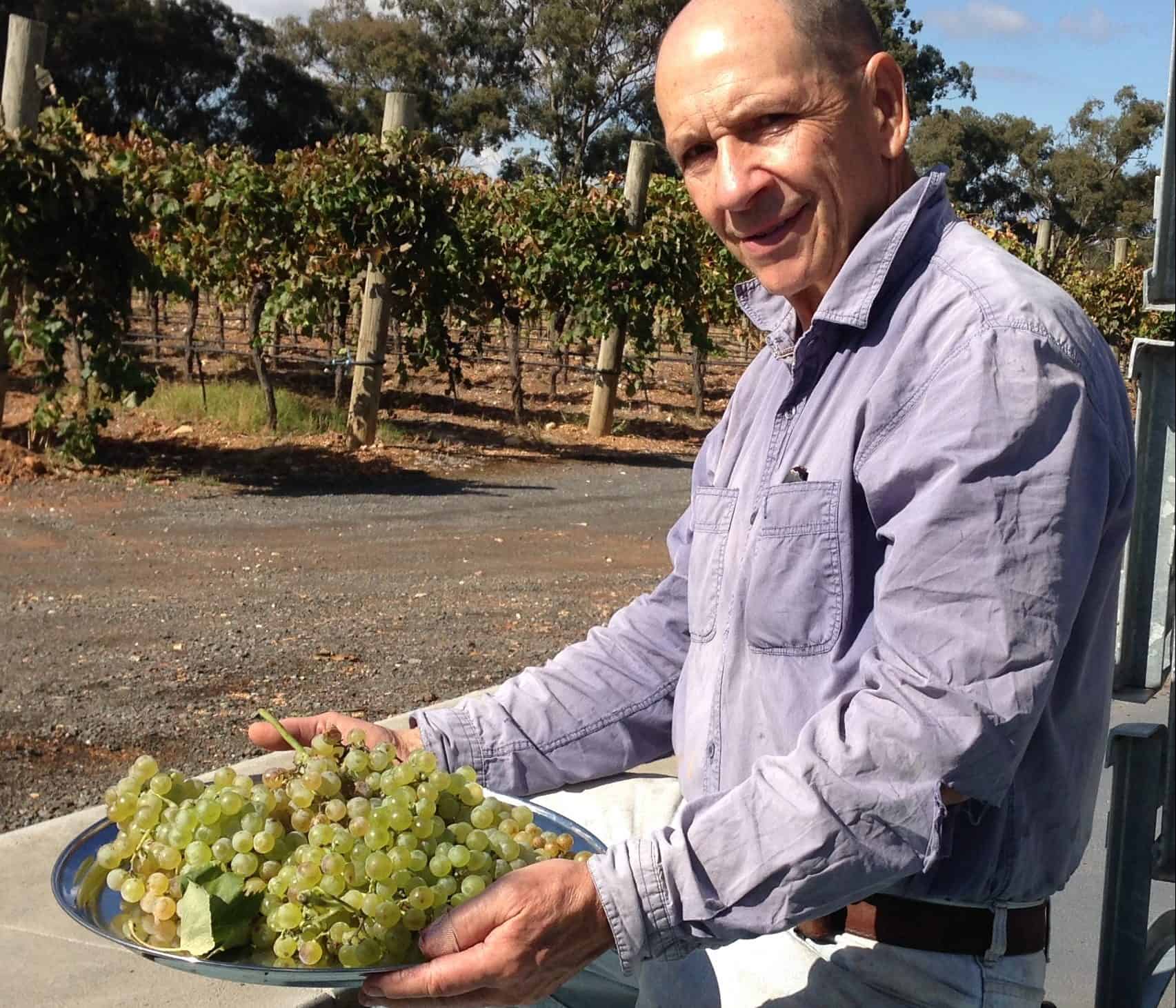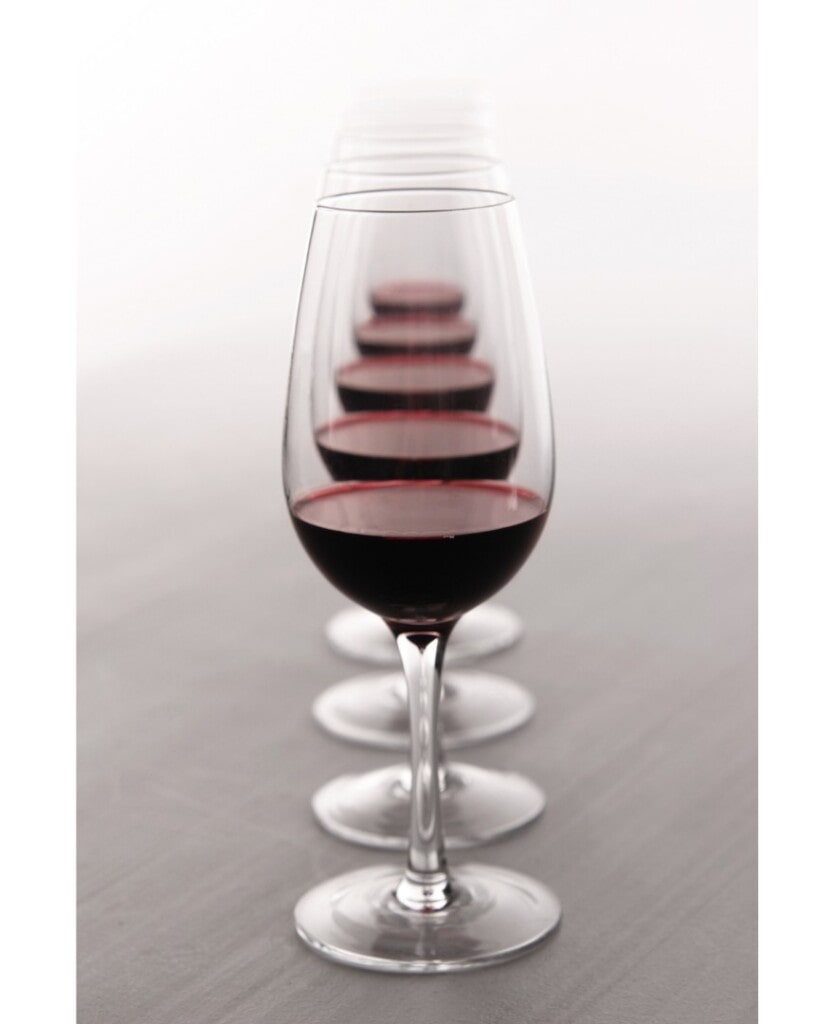No products in the cart.
The art of cane pruning in a modern vineyard

Introduction
It is time-honoured adage that every great wine begins in the vineyard. Today, we delve into the world of vineyard management to explain why, at St Ignatius Vineyard, we wholeheartedly embrace cane pruning as the superior choice for maintaining our vineyard. Before we explore the details, let’s briefly understand the two pruning methods commonly employed in vineyards:
Spur Pruning
This method involves cutting back the previous year's growth to create short spurs with a few buds. The main cane is used year-on-year, with the idea being that the short spurs bear the fruit for the upcoming season. This method is known for its simplicity and ease of management.
Cane Pruning
On the other hand, cane pruning is a more intricate approach. It involves selecting one or more new, healthy canes from the previous year's growth and training them along the trellis wire. These canes will produce the grape clusters for the current season. This method is more time-consuming but rejuvenates the vine season-to-season.
The choice of pruning method influences vine growth, grape yield and fruit quality. Simply put, proper, careful pruning enhances wine quality. It is therefore a crucial choice in vineyard management.
Advantages of cane pruning
Since the establishment of our vineyard in 1992, we have adopted a practice of individually cane pruning each and every vine. We do so as a family, embarking on the task of cane pruning 25 acres each winter. The advantages of this approach are many and varied:
Improved fruit quality
Cane pruning offers better control over grapevine growth and encourages balanced and evenly spread fruit production. By selecting the healthiest canes each year, and positioning them optimally, we ensure that each grape bunch receives the right amount of sunlight and airflow. This results in healthier grapes with improved colour, flavour and aroma, ultimately translating into wines of exceptional quality.
Reduced risk of disease
Cane pruning helps minimise disease pressure in vineyards. When spurs are repeatedly used for fruit production, they become susceptible to disease and decay over time. In contrast, with cane pruning, we have the flexibility to select disease-free canes each year, reducing the risk of infections spreading among vines.
Extended vine lifespan
Cane pruning promotes the longevity of vines by minimising stress and damage associated with spur pruning. By carefully selecting and managing canes, we can ensure that our vines continue to thrive and produce high-quality fruit for many years to come.
Adaptability to varietal needs
Different grape varietals have unique requirements. Cane pruning allows us to tailor our vineyard management to the specific needs of each grape variety. This precision ensures that every wine we produce reflects the true character and potential of the grapes it's made from.
Sustainability and vineyard health
Cane pruning aligns with sustainable vineyard practices. It reduces the need for excessive replanting, conserving resources and preserving the natural balance of our vineyard ecosystem. Healthy vines also contribute to a resilient vineyard that can better withstand environmental challenges.
For more information on the benefits of cane pruning versus spur pruning, you can watch this helpful explainer video published by the Australian Wine Research Institute.


In the intricate world of vineyard management, every decision influences the quality of the wine. One must take immense pride in the details!
Conclusion
Although cane pruning is something of a lost art, in our professional experience it remains the superior choice for vineyard renewal and rejuvenation. And, most importantly, it gives us confidence that we can consistently produces premium wines due to the improved fruit quality, reduced disease pressure, extended vine lifespan and the flexibility to cater to the unique needs of each varietal.









